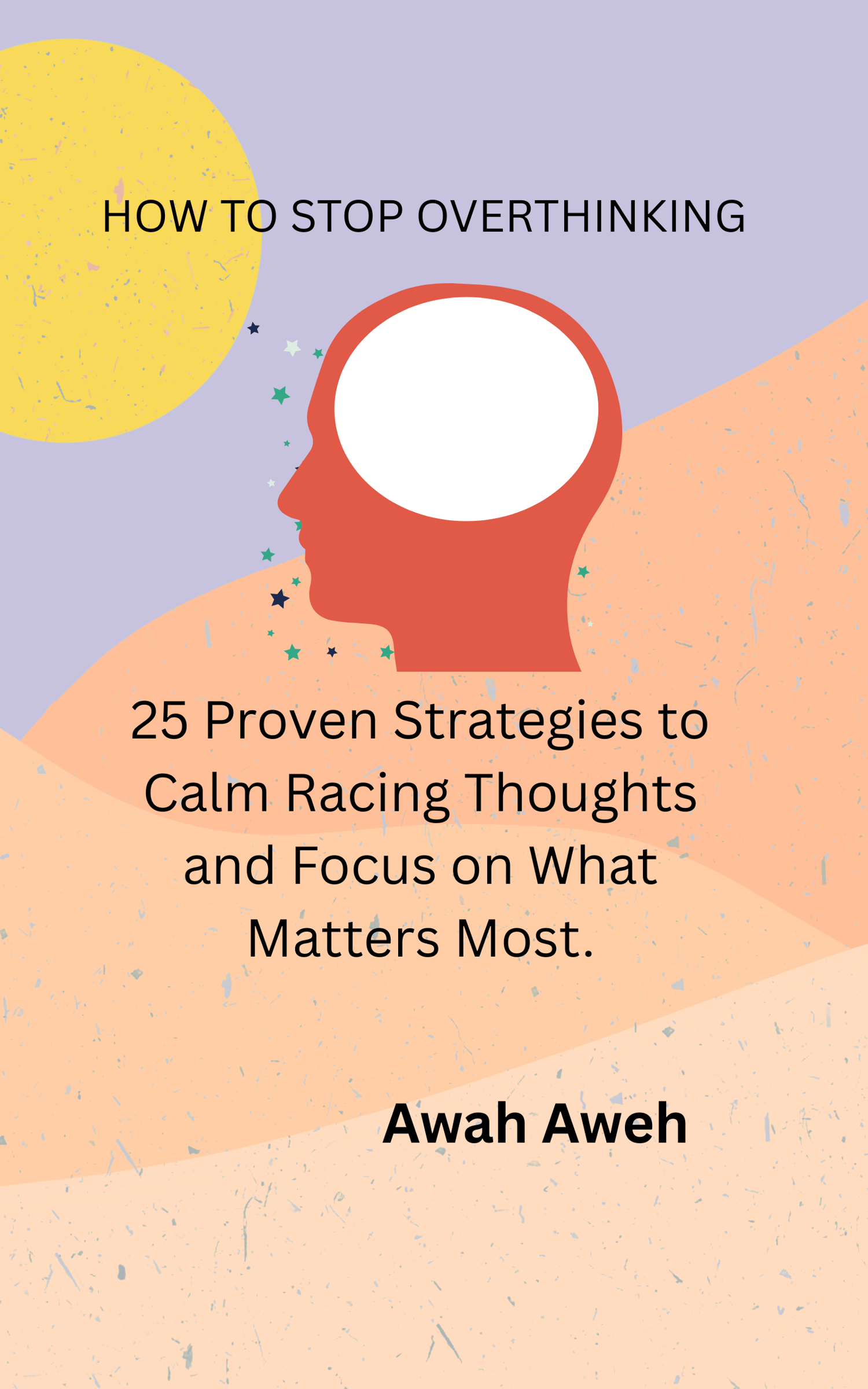Do you want to write uplifting blog posts that make people feel good and keep them coming back? Great! You're in the right place. Writing a blog that uplifts and attracts readers isn't hard. It just takes the right steps, some practice, and a little heart.
Let’s break it down into easy parts.
1. Know Your Reader First.
Before writing any uplifting blog posts, ask yourself: Who am I writing for? Is your reader a tired mom? A stressed student? A busy worker?
When you know your reader, your words can touch their heart.
What to do:
- Picture one reader in your mind.
- Write down their age, job, and biggest worry.
- Now, write like you're talking to that person.
When to do it: Before you write your first sentence. It sets the tone.
Why it matters: Because people read uplifting blog posts when they feel low. You want them to feel like you're speaking just to them.
2. Start with a Smile in Your Words.
First impressions matter. So make your first few lines warm and welcoming. Begin your uplifting blog posts with hope, not fear.
What to do:
- Avoid scary facts or heavy problems in the intro.
- Instead, use friendly words.
- Say something encouraging like “You're not alone,” or “This will help you.”
When to do it: Right at the start—your first 2–3 lines.
How it helps: It draws readers in and sets a positive tone for the rest of your uplifting blog posts.
3. Use Simple Words and Short Sentences.
No one wants to read hard words when they feel stressed. Keep it easy. Simple writing is powerful.
What to do:
- Use short words.
- Break long thoughts into short lines.
- Avoid jargon or tech talk.
When to do it: Every time you edit your uplifting blog posts.
Tip: Read your blog out loud. If it sounds smooth, it’s good.
4. Add Stories That Light Up Hearts.
People love stories. Real-life stories can make your uplifting blog posts shine.
What to do:
- Share a quick story from your life or someone else's (with permission).
- Keep it short and sweet.
- Show the problem and how it was solved.
When to do it: After your intro or in the middle of your post.
Why it works: Stories make your blog human and real. They lift people up.
5. Give Real, Helpful Tips.
Readers want to feel better and know what to do next. So give them clear advice they can try today.
What to do:
- List simple actions.
- Use bullets or numbers.
- Make each tip doable in 5–10 minutes.
Example in your uplifting blog posts:
- Breathe deeply for one minute.
- Write one thing you’re thankful for.
- Go outside and feel the sun.
When to do it: After your story or personal insight. Let it flow naturally.
Bonus tip: Say exactly what to do, not just “take care of yourself.” Be specific.
6. Use “You” More Than “I”.
Uplifting blog posts should focus on the reader. Talk to them like a friend. Make them feel seen and heard.
What to do:
- Replace “I think…” with “You might feel…”
- Use phrases like “You can try this” or “This might help you.”
When to do it: During your first draft and while editing.
How it helps: It pulls the reader in. It makes your post feel personal and caring.
7. Add a Practical Activity at the End.
Want to leave your reader smiling? End with something they can do right now. A small, kind action can make your uplifting blog posts memorable.
What to do:
- Suggest a quick journal prompt.
- Give a simple challenge like “Text someone you love.”
- Or share a short guided exercise.
When to do it: In your last 2–3 paragraphs.
Why it matters: People forget what they read. But if they do something, they remember.
8. Keep a Friendly Tone.
Write like you're talking to a friend over tea. That’s what makes uplifting blog posts feel warm and real.
What to do:
- Use “Hey,” “Let’s,” “You’ve got this,” and other kind phrases.
- Avoid sounding like a teacher or boss.
When to do it: All through the blog.
Tip: Imagine you're texting your best friend. That’s the tone to use.
9. Include a Gentle Call-to-Action (CTA).
A CTA doesn’t have to be pushy. End your uplifting blog posts by inviting readers to take a small step.
What to do:
- Ask them to leave a comment about how they feel.
- Invite them to read another uplifting post.
- Offer a free resource like a feel-good checklist.
When to do it: At the very end of your blog.
How it helps: It keeps the reader connected to you and your blog.
10. Schedule Your Writing Time
Uplifting content doesn’t come from a rushed mind. It grows best from calm and care.
What to do:
- Block out 30–60 minutes a day for writing.
- Choose a quiet time when you feel relaxed.
- Stick to this habit.
When to do it: Choose morning or night, whichever is your best time.
Why it works: When you're calm, your uplifting blog posts will feel calm too.
Final Thoughts: Uplift One Reader at a Time
You don’t need to be perfect. You just need to care. Every time you write a new post, think of one person who needs it. Make them feel seen. Give them hope. That’s what uplifting blog posts are all about.
You already have what it takes.
Now go write that blog post—and brighten someone’s day.
Try this now:
Take 10 minutes.
Write down one story or tip that helped you feel better this week.
Then, write one paragraph about it.
That’s the start of your next uplifting blog post!














.jpg)
.png)
No comments:
Post a Comment